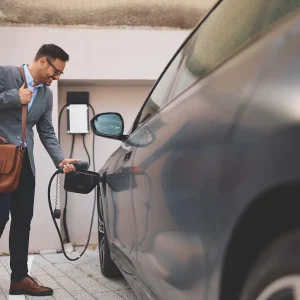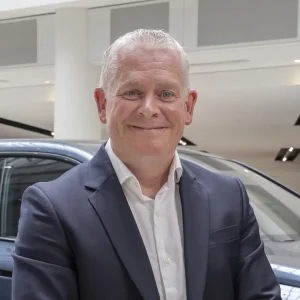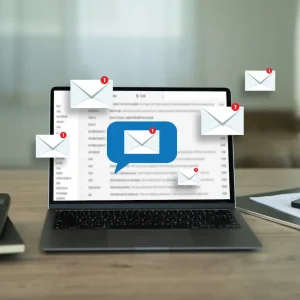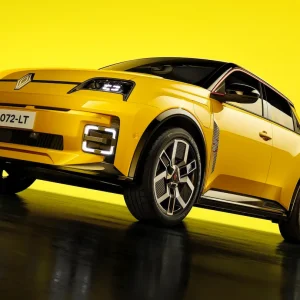The role of telematics for fleets is changing as rapidly as users’ distrust of the devices is dying down, says Nick Walker, managing director of RAC Business Services’ BusinessCar Award-winning telematics offering.
“No driver, in a business case, wants to be tracked”, states Walker, but he believes the view of telematics set-ups among fleets has moved from being a Big Brother-form of privacy invasion to more of a ‘guardian angel’. This is because the systems have become increasingly sophisticated, keeping tabs on vehicle condition and servicing requirements as well as casting an eye over how exuberantly users drive.
The RAC’s telematics system focuses on two key aspects for fleets – vehicle health and maintenance, and managing driver risk, the latter of which relies on location data, crash detection, diagnostic data and driver behaviour.
However, Walker sees the integration of other platforms being the focus in future. The RAC already provides users with the ability to log private and business mileage, and create weekly reports through an app. According to Walker the RAC is already looking into the next step, which involves “providing that data feed into an expenses or bookkeeping platform, so you actually take the human element completely out. I think within a 12-month horizon you’re going to see quite a lot of this happening”.
Dash cams
One new piece of technology that’s very likely to play a more significant role in telematics is the forward-facing camera – known as a ‘dash cam’ – which is able to provide a definitive account of exactly what has happened in the event of an incident.
Explaining the case for dash cams, Walker says: “The ability to connect that [a dash cam] with telematics will be vital. If we detect a crash and we’re able to take a timestamp of the crash and retrieve the footage at that point, we’ll have a complete view of what happened in that instance”.
As a result, Walker muses that the RAC could, in future, partner up with a dash cam manufacturer to develop compatible telematics software that will wirelessly link the car’s black box with the forward-facing camera.
The ever-increasing reach of telematics offers much greater scope than this though, according to Walker. He reckons connected cars will give service providers such as the RAC the ability to link crash-detection and accident-management systems, allowing them to assist drivers, rather than simply flag issues.
Summing up the current situation, Walker says: “Sometimes we’ll go out to a vehicle, find that it’s not repairable at the side of the road and therefore we’ve got to send a tow truck. It means that the driver is waiting at the side of the road for longer and we’re doing twice the amount of work.”
However, if you add connected car diagnostics to the equation, suddenly organisations such as the RAC can remotely diagnose any issues with the vehicle, know whether it is repairable and whether to send a tow truck or a van with a new alternator for instance, to get the car running again.
“Doing this proactive stuff actually helps everybody,” Walker believes.
The RAC is running trials with some telematics-equipped vehicles, using remote diagnosis to determine how to respond to incidents.
“We are already working with certain fleets – mainly cars – putting together services around enhanced telematics systems now, which will be running in the second half of the year”, he adds.
This could even extend to determining the correct size and brand of tyre to supply to a vehicle that has experienced a puncture and directly sending a patrol with the relevant tyre to assist.
New app
The organisation is also developing a new app for drivers, which should arrive imminently. It’s named ‘RAC Telematics’ and links directly to the telematics unit “giving you 99.5% of what the fleet manager would see”.
The RAC has avoided on-the-move feedback, instead encouraging drivers to review the data after their journeys.
“You’ve also got the opportunity to bundle things into that, such as the next MoT test date, next insurance date, and reminders for yourself. It all allows you to manage your motoring experience,” Walker says.
Other functions include checking vehicle health and logging private and business mileage, along with the ability to look at up to 10 vehicles on the app – targeting those with several vehicles or managers of small fleets.
How the RAC uses its own telematics data
Telematics first arrived in HGVs before migrating into smaller commercial vehicles, such as vans, and now the RAC has integrated telematics into its entire 1500-strong van fleet.
According to the RAC’s telematics chief, Nick Walker, the company has managed to reduce its fuel bill by around 10% to 15% – saving around £500,000 each year. More than this, Walker states: “We’ve reduced our insurance premiums, we’ve reduced accidents by around 25%, and there’s been a similar reduction in wear and tear.”
And there’s even better news: “When we have accidents, they’re less severe.” Such statistics are not unique to the RAC, says Walker, pointing out that he has heard of similar benefits from car fleets, with these figures being “fairly standard”.
He adds that, in order to maximise the benefit of the telematics set-up, each driver will get their own data-logged score. Regional managers will have access to their teams’ figures before having weekly five-minute sit-downs with drivers “to review how they’re doing”.
One benefit of this is that the company doesn’t have to send all of its drivers on courses to cut crash rates – which can be expensive and time-consuming. Instead, it can focus on the highest risk drivers and send them on a training course.
“Without this tool you didn’t know who was bad and who was good until they had an accident, but now you can spot a problem early and do something about it,” Walker says.





